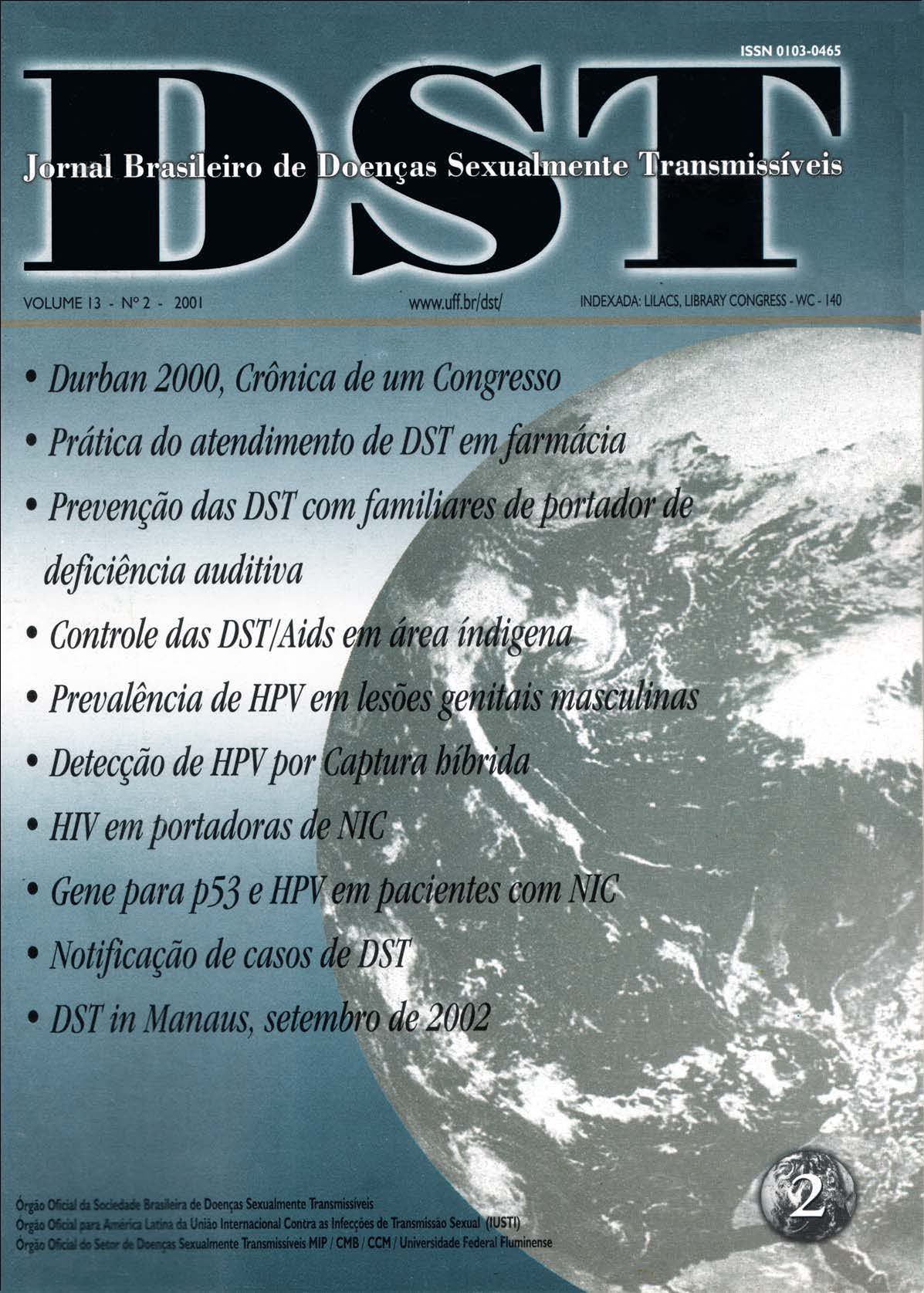P53 status and papillomavirus infection in patients presenting cervical neoplasia
Keywords:
HPV, HIV, cervical intraepithelial neoplasiaAbstract
The P53 tumor supressor gene encodes a protein which functions as a negative regulator by controlling cell cycle when the DNA is damaged. P53 gene mutations or p53 inactivation by virai proteins may contribute to the development of malignant neoplasias. The E6 virai protein of oncogenic human papillomavirus binds p53 and promotes the deregulation of the cell cycle. Five cases of high grade cervical intraepithelial neoplasia (CIN II and CIN III) were analysed in order to detect HPV infection and p53 gene changes. Ali CIN Ili lesions were positive for HPV DNA and one of them presented mutation in the exon 7 of the p53 gene. Considering that changes in the p53 gene are a late event in the cancer development, the mutation found in a pre-malignant lesion may help in the prognosis of lhe cervical cancer. This patient was also infected with HPV 16 and 18. Benign HPV 6 was the exclusive type found in a CIN III of an HIV positive patient although we tested the samples with five high risk HPV types (16, 18, 3 1, 33 e 35). Toe CIN II lesions had neither HPV nor p53 mutation.












